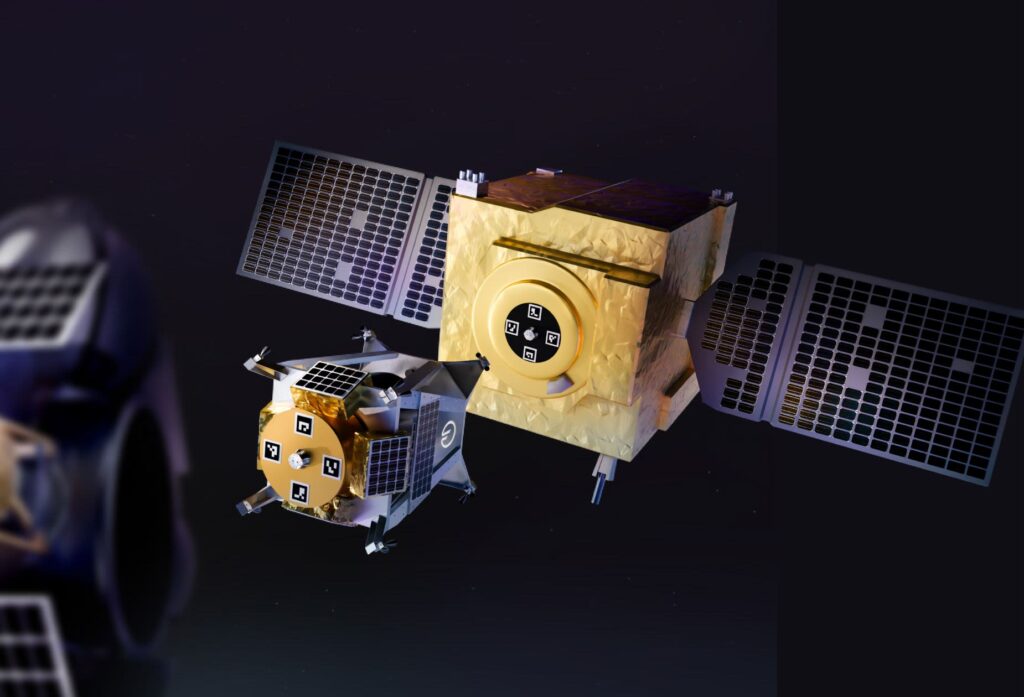Space is getting crowded — humans have now placed over 20,000 satellites into orbit since the start of the space age, and there are plans to launch thousands more over the next few years.
Some of those satellites have already burned up in the atmosphere or fallen back to Earth, often into the ocean, but more than 13,000 are still up there. About a fifth are inactive, simply orbiting as as space junk. Over the last couple of decades, hundreds of these dead satellites have collided to create millions of pieces of shrapnel.
That creates a constant risk of collision for active satellites and for the International Space Station — a problem so severe that several surveillance networks across the globe closely watch thousands of larger objects, to move spacecraft out of the way when needed.
The increasing threat from space debris calls for both higher maneuverability in orbit and a reduction of the amount of junk. British startup Magdrive claims it can help with both, via a new propulsion system for spacecraft that will launch into space for the first time later this year and will be fueled by solid metal.
“We wanted to build something that really moved the needle for humanity in the space industry, and let us climb the rungs of the ladder to becoming a spacefaring civilization,” says Mark Stokes, who co-founded Magdrive in 2019. He claims that using a solid metal propulsion system can make satellites 10 times as maneuverable, while also reducing the mass devoted to propulsion by 10 times.
Magdrive is working on three versions of its space thrusters, and because they run on solid metal, they might one day even be powered by space junk collected directly in orbit, turning it from threat to fuel source.
‘Best of both worlds’
Satellites need propulsion systems for a number of reasons, including to change to a different orbit, to compensate for atmospheric drag which would destabilize the orbit they are on, to avoid debris, and eventually to de-orbit themselves.
The majority of satellite propulsion systems are currently either chemical or electrical, but according to Stokes, both have downsides: “Chemical propulsion has very high thrust, but its efficiency — or its miles per gallon, if you like — is very poor,” he says. “On the other hand, electric propulsion systems these days have the complete opposite characteristics. They have very low thrust, but excellent efficiency, excellent miles per gallon.”



